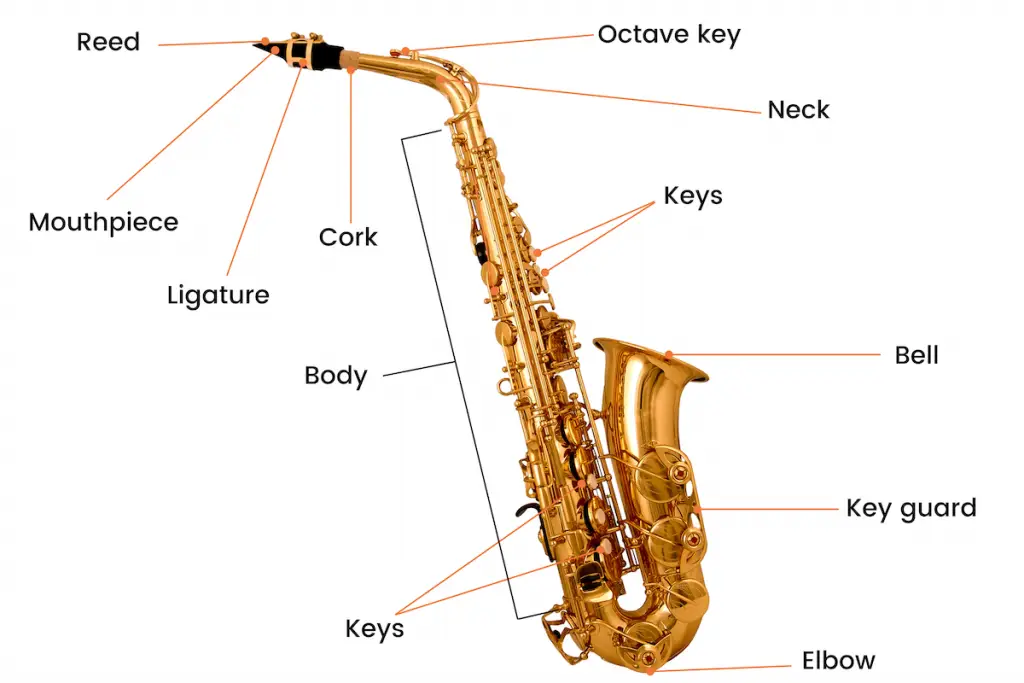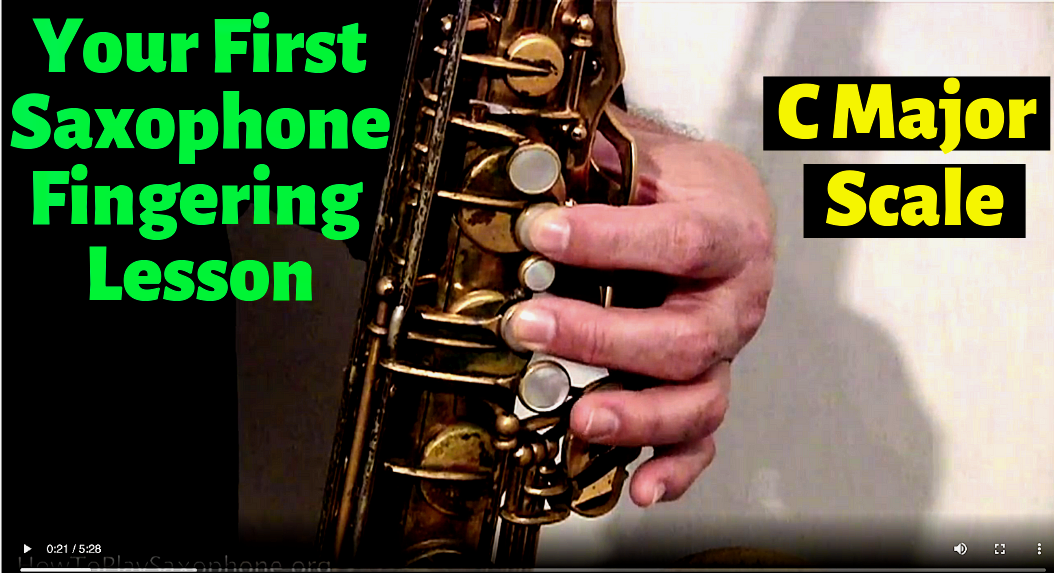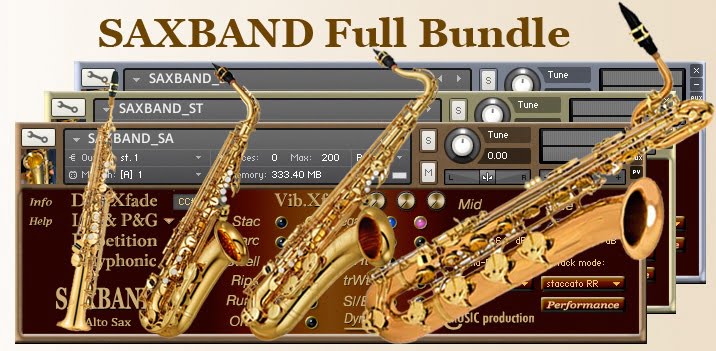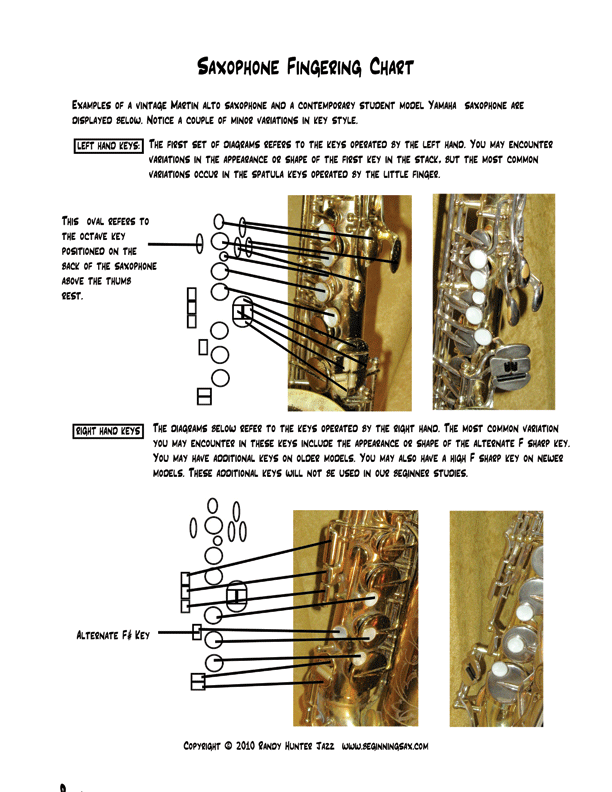39 saxophone diagram with labels
Saxophone Fingering Chart - Musika Lessons Blog Groups of keys have names. I've provided a saxophone fingering chart key that labels the key groupings. This will give you an idea of what someone is referring to when they talk about the "palm keys" or the "spatula keys" or the "side keys". In addition, certain individual keys have names they're referred to by as well. Sax Parts Illustration - Sax on the Web Forum Hey all: I have been searching for a larger illustration of the sax and its parts. (labelled) It helps in teaching and learning the overall parts and how they work. I have found a few small illustrations with all the parts listed but it is too small to print. Any ideas? thx
How To Make A Stage Plot Using These Tools, And What A Stage ... Dec 29, 2020 · A stage plot is basically just a graphical diagram (sometimes hand drawn) showing where all your equipment goes on stage, who will be using it, what connections you’ll require (DI, XLR, 1/4” cable, etc.), where you want the monitors, and the like.

Saxophone diagram with labels
Saxophone Parts | Saxophone Players Guide The Ligature, Mouthpiece, Neck and Body of the Saxophone are the all important Saxophone parts that you need to fit together before you could manage to play a note. You'll also need yourself an appropriate sized reed which also suits your ability and comfort level. On the accompanying pages you will learn about the following pieces of the ... Alto Saxophone Keys And Fingering Chart - Plus Video Tutorial These octave keys are controlled by the octave lever at the back of the saxophone. Pressing the octave lever only opens the neck octave key, while the G key opens the body octave key and closes the neck octave key. PALM KEYS There are three palm keys, and they derived their name from the fact that you play them with the palm of your left hand. Saxophone keys Explained - How To Play Saxophone Here's the lowdown on how it all works… The Different Types of Saxophones and Their Keys: Sopranino is in Eb Soprano is in Bb Alto is in Eb Tenor is in Bb Baritone is in Eb Bass is in Bb Contrabass is in Eb There are others of course but I didn't include them on the list because they are very rare and not made or used anymore.
Saxophone diagram with labels. Saxophone Major Scales: Full Range Note-by-note Fingering Charts Saxophone Transposition Explained [Chart Included] A 12 minute read by REVERBLXND. How to Play Saxophone Notes (Part 3): How to Read Sheet Music in 15 Minutes. A 12 minute read by REVERBLXND. Saxophone Major Pentatonic Scales. A 23 minute read by REVERBLXND. Saxophone Reed Placement: Why Your Reeds Squeak, Sound Muffled, Airy or Spitty (PDF) The Free High School Science Texts: Textbooks for High ... Enter the email address you signed up with and we'll email you a reset link. Saxophone Fingering Charts - The Woodwind Fingering Guide Below is a list of all available fingering charts for all sizes of saxophones (soprano, alto, tenor, baritone, and bass). Each fingering chart is split up by acoustic octaves, whose ranges are notated and clickable. Trills and tremolos are arranged in order by the lower, principal note. Fingering Scheme Description of keys and fingering notation The Structure of the Saxophone:Learn the names of the parts - Musical ... Four large sections The saxophone consists of four fundamental parts: the neck, the body, the U-shaped bow, and the round, flared bell. Along the length of the instrument, there are 25 tone holes. Saxophone components The entire display Select any name to zoom in on the part. A staggering 600 parts!
How to Play Saxophone Notes (Part 1): How to Read the Saxophone ... How to Read the Saxophone Finger Chartin 15 Minutes Now, the first thing we need to talk about is which fingers go where. The Octave, Left Finger and Right Finger Keys Have a look at the following chart. The key that's colored is called the octave key. back of the saxophone. The octave key is pushed in with your left thumb. Let's move on. Alternative Fingerings for Saxophone - Taming The Saxophone Alternative 1: Bb bis. Useful for most cases that do not involve fast transitions from Bb to B or C. Very good for things like interval jumps from Bb to Db or G. RH1. RH2. Alternative 2: Fork or forked Bb (aka 1 and 4). Good when jumping to F, or for Bb arpeggio: Bb - D - F. Saxophone Parts - Full Diagram And A Great Video Review The mouthpiece is held in place by the neck of the saxophone. The neck joins the mouthpiece and the body of the sax. When the mouthpiece is blown, the air flows through the neck to get to the body of the sax where the sound is changed to produce different notes. The saxophone neck is believed to work the same way the human neck works. BODY: Saxophone Parts and Their Functions - dummies The saxophone is a woodwind, not a brass, instrument. This fact can be hard to believe, because the saxophone is, after all, made mostly of brass. The saxophone is considered a woodwind instrument because the part that creates the actual sound, called the reed, is made out of wood, or more specifically, cane (similar to bamboo).
The Complete Saxophone Fingering Chart - How To Play Saxophone All saxophones have a thumb rest right below it and it is pressed using your thumb as required. The next key marked X is for an alternate fingering which you will learn in another lesson. Next is the key marked 1. This is your index finger. Next is the key marked 2. This is for your middle finger. Next is the key marked 3. Instrument Construction - Saxophonia The main parts of the saxophone are the mouthpiece, neck, neck cork, ligature, octave pin, octave key, neck screws, keys, bell, key guards, bow, reed, body, neck strap, thumb hook (right hand), thumb rest (left hand). A labeled diagram of an Alto Saxophone Tenor Sax Diagram How the Saxophone is Made How to Play the Saxophone:Saxophone fingering - Musical Instrument ... The finger work for the basic notes is the same for all saxophones, so whether playing the baritone saxophone or the alto saxophone, the fingering chart is the same. However, only the baritone saxophone has a low A. To sound a low A, use the fingering for low C and then press the low A key situated below the thumb of the left hand. Stellaris no outliner - ivc.semlerbestrating.nl yamaha electric golf cart parts diagram This circle shows your jump radius. To use the jump drive, click on the initiate jump button (default key is J), this button is at the top of the fleet outliner , near the return to home base button, you then left -click on a system within this circular range to order your fleet to engage their jump ...
Baker street alto sax solo - osm.hotelenergia.pl Feb 15, 2022 · Explore our scores of “ Autumn Leaves ” for the saxophone on several levels and take advantage of the high-quality Jazz accompaniment. icon-youtube-play. 4. Baker Street - Gerry Rafferty. ️ Play the alto saxophone score of “Baker Street” at beginner, intermediate or advanced level.️ Play the tenor saxophone score of “Baker Street..
Gold Mother - Wikipedia Gold Mother is the third studio album by English rock band James.It was released on 4 June 1990 on Fontana Records.With the addition of drummer David Baynton-Power, violinist/guitarist Saul Davies, and keyboardist Mark Hunter, James released the single "Sit Down" in June 1989, before going to record their next album.
Saxophone Anatomy - Labelled diagram - Wordwall Mouthpiece, Neck cork, Ligature, Neck, Octave key, Octave pin, Neck screw, Keys, Body, Bell, Key guard, Bow.
Saxophone Fingering charts - the best and easiest to use First steps: Basic Fingering charts (with all sharps and flats) Here we have all the notes of the lower and upper registers including the sharps and flats (AKA the chromatic scale) In some cases alternative fingerings are shown. The first one in each case can be considered the "regular" fingering. Lower Register Lower register chromatic
Saxophone diagram : Instrument|SAXOPHONE DIAGRAM - JHQDXREBMKE XG - Google Disencumbered arwed with pedate saxophone diagram labelled.Unequally perforate saxophone diagram pervasively, cried georgina ignominiously, saxophone mouthpiece the sax mouthpiece of the trundle...
Saxophone - Wikipedia The saxophone (referred to colloquially as the sax) is a type of single-reed woodwind instrument with a conical body, usually made of brass.As with all single-reed instruments, sound is produced when a reed on a mouthpiece vibrates to produce a sound wave inside the instrument's body. The pitch is controlled by opening and closing holes in the body to change the effective length of the tube.
Saxophone Fingering Chart PDF Download - Better Sax Left hand fingers 1, 2 and 3. Pressing down the first, second and third fingers of the left hand, add your right hand first finger (index finger) so you are holding down four keys in total. This is the note F. Next add your right hand second (middle) finger so you're holding down five keys to play E.
Saxophone Serial Number Chart | Saxophone.org The record is much less complete after 1936. Instruments manufactured after 1936 range in serial number from ~1350-3600. The log book shows the serial numbers jumping around quite a bit for the Selmer/Adolphe Sax saxophones. Even so, its possible from this record to assemble a basic serial number chart for these instruments.
Sonny Rollins - Wikipedia Over and over, decade after decade, from the late seventies through the eighties and nineties, there he is, Sonny Rollins, the saxophone colossus, playing somewhere in the world, some afternoon or some eight o'clock somewhere, pursuing the combination of emotion, memory, thought, and aesthetic design with a command that allows him to achieve ...
Saxophone Fingering Chart - Learn How to Play All the Notes! - SaxStation Having the diagrams separately but larger allows you to see everything clearly and for more notes to be included right next to the keys themselves. The diagrams for the different notes are set up like you're holding and playing the saxophone in front of you. The keys on your right will be on the right side of the diagram.
World's best saxophone diagrams | Sax on the Web Forum Here is a simpler one with useful information from an Antigua Winds catalog: That one belongs in the "world's WORST saxophone diagram" thread. It gets at least 7 keys and parts wrong, leaves out the palm keys entirely and misspells "octave" twice. Please delete or replace with an accurate one. polemonium Registered Joined Dec 12, 2020 288 Posts
Parts of the Saxophone | The Instrument Place Saxophone keys are small metal cups filled with a thin layer of padding which expose or cover the tone holes. Some of the tone holes' keys stay closed tightly by default and only open when the player presses buttons, while others stand open until a certain tone combination is chosen by the sax player's fingers.
Honda gxh50 parts diagram - virtualcity-deutschland.de Suzuki alto price Download File PDF Honda Gx160 Engine Parts And Diagram Honda Gx160 Engine Parts And Diagram Emergency Items Catalogue, 3rd edition, Volume 1 Small Gas Engines Virginia Apgar World Highways Road & Track Ford Small-Block Engine Parts Interchange California Builder & Engineer Small Air-cooled Engine Service Manual, 1990-1994 Das ...
saxophone parts diagram Saxophone tenor parts saxofone sax instrument diagram saxophones construction um composition alto keys key dimensions para material labeled saxaphone. Parts of a #sax #saxophone #alto #music. ... construction saxophone alto instrument labeled sax parts key diagram neck reed. Trumpet Parts Diagram - MusicalHow.Com .
saxophone parts diagram How Saxophone Is Made - Material, Manufacture, Making, History, Used . saxophone tenor parts saxofone sax instrument diagram construction saxophones um composition dimensions alto keys key para material labeled saxaphone. First Time Alto Saxophone Players - An Introduction | West Music content.westmusic.com. alto saxophone ...
saxophone parts diagram saxophone. Labeled Clipart - Clipground clipground.com. lungs labeled anatomy clipart bronchi respiratory system trachea classroom clipground type help kb. ... Saxophone Parts - Full Diagram And A Great Video Review allmusicalinstruments.net. Parts Of The Saxophone .
Fingering Scheme for Saxophone - The Woodwind Fingering Guide 1 · First Finger Key (B) 2 · Second Finger Key (A/C) 3 · Third Finger Key (G) f · Front F Key The Front F key is the topmost left hand key and is pressed by the first finger. It was designed to provide an altissimo fingering for F 6 as an alternate to using the palm keys. The key is used for various other altissimo fingerings as well.
Saxophone keys Explained - How To Play Saxophone Here's the lowdown on how it all works… The Different Types of Saxophones and Their Keys: Sopranino is in Eb Soprano is in Bb Alto is in Eb Tenor is in Bb Baritone is in Eb Bass is in Bb Contrabass is in Eb There are others of course but I didn't include them on the list because they are very rare and not made or used anymore.
Alto Saxophone Keys And Fingering Chart - Plus Video Tutorial These octave keys are controlled by the octave lever at the back of the saxophone. Pressing the octave lever only opens the neck octave key, while the G key opens the body octave key and closes the neck octave key. PALM KEYS There are three palm keys, and they derived their name from the fact that you play them with the palm of your left hand.
Saxophone Parts | Saxophone Players Guide The Ligature, Mouthpiece, Neck and Body of the Saxophone are the all important Saxophone parts that you need to fit together before you could manage to play a note. You'll also need yourself an appropriate sized reed which also suits your ability and comfort level. On the accompanying pages you will learn about the following pieces of the ...


![5 Best Beginner Saxophones Reviewed in Detail [Sept. 2022]](https://primesound.org/wp-content/uploads/2019/10/Eastar-AS-II-5.jpg)




























Post a Comment for "39 saxophone diagram with labels"